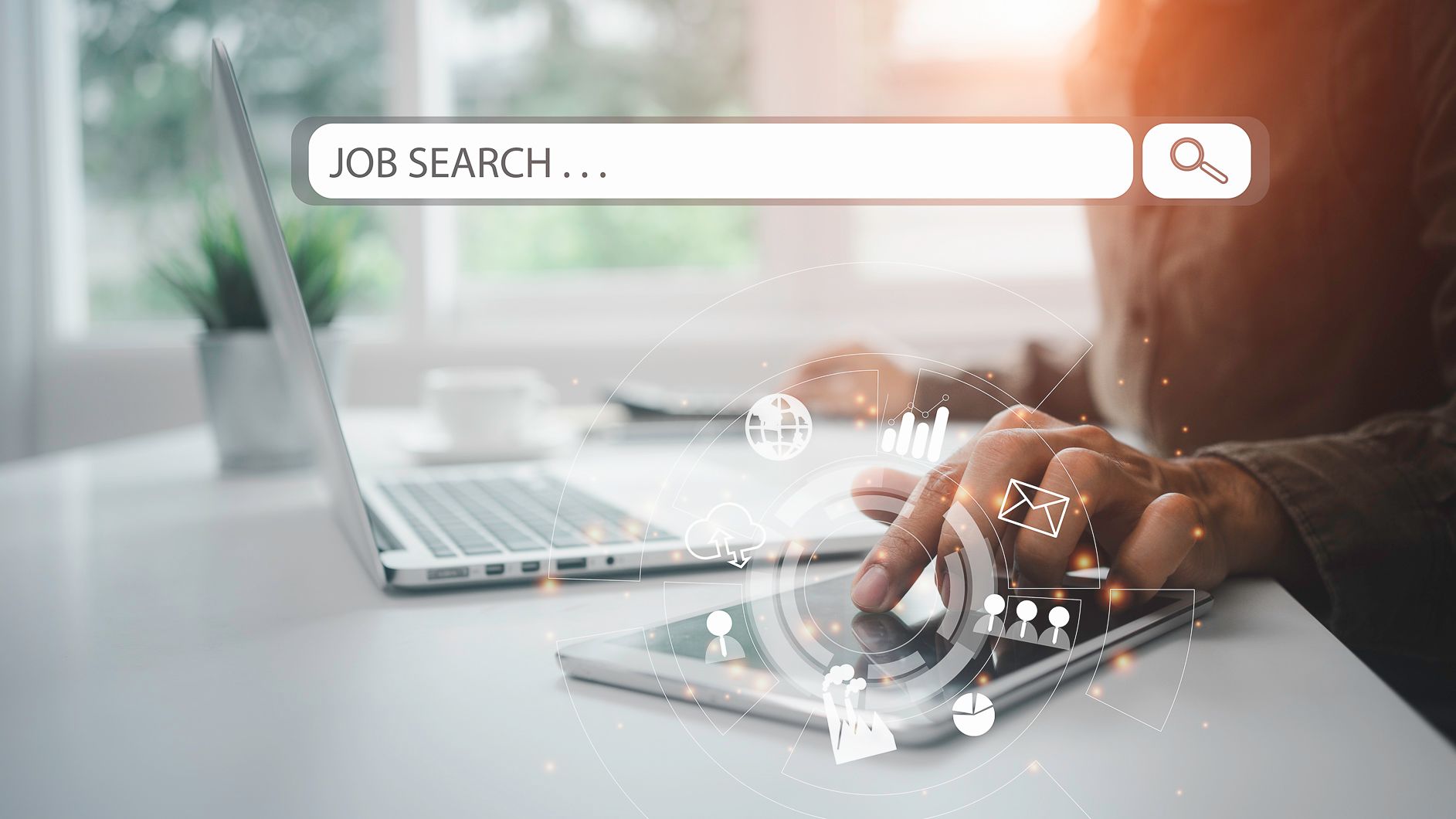Over the last two decades, there have been visible signs of progress when it comes to improving representation of and reducing discrimination against LGBTQIA+ individuals in the workplace. While progress has been made, challenges persist within Australian workplaces, despite what we know about the power of diversity and its ability to fuel company growth, productivity, innovation and profitability.
According to a global survey by McKinsey, 40 percent of LGBTQIA+ women felt they needed to provide extra evidence of their competency at work to be considered for the same roles as their cisgender colleagues. While transgender and non-binary respondents were far more likely than cisgender people to be in entry-level positions.
Furthermore, 32 percent of trans and gender diverse employees who were not out at work felt they would lose their job if they came out, and 49 percent try very hard to keep their identity a secret or private from their colleagues. This is for various reasons, including but not limited to fear of discrimination and even fear of experiencing violence and other abuse.
To engage a new generation of workers and consumers—many of whom choose careers and products based on diversity and inclusion—organisations need to move beyond gestures of support for LGBTQIA+ issues and create more positive and safe working environments for all.
With May 17 marking International Day Against Homophobia, Biphobia and Transphobia (IDAHOBIT), we look at how organisations can reduce LGBTQIA+ discrimination and increase workforce inclusion.
The harsh realities of LGBTQIA+ workplace discrimination
According to The Diversity Council of Australia’s 2018 report Out at Work, Australian LGBTQIA+ workers are almost 50 percent more likely to have experienced harassment and/or discrimination in the past year than non-LGBTQIA+ workers.
Furthermore, when it comes specifically to trans and gender diverse individuals in Australia, 41.27 percent of individuals said they experienced negative attitudes at work, while 10.86 percent admitted to experiencing more serious bullying and harassment. Startlingly, 63.89 percent of the bullying/harassment reported came from the employee’s immediate manager or other senior leaders within the organisation, while 27.78 percent came from within the immediate team.
These instances of bullying and harassment don’t just negatively impact the individuals involved, but also an organisation as a whole. According to The Victorian Equal Opportunity and Human Rights Commission, such incidents can result in significant economic loss for businesses associated with WorkCover claims, litigation, increased insurance premiums and staff turnover.
In addition, workplaces that see higher rates of LGBTQIA+ discrimination are more likely to experience reduced productivity, reputational damage and decreased job satisfaction, team morale and performance.
The business case for greater LGBTQIA+ inclusion and support
For organisations that haven’t yet prioritised LGBTQIA+ representation and support, there is a compelling business case for doing so.
According to Diversity Council Australia:
- LGBTIQIA+ workers in highly LGBTIQIA+ inclusive organisational cultures are more than twice as likely to indicate their team always works together effectively compared to workers in non-inclusive cultures.
- The financial benefits of creating an inclusive environment where workers feel safe to be out at work could save as much as $285 million a year, including an 11 percent staff retention dividend and a 30 percent team productivity benefit.
- Companies that adopt LGBTQIA-supportive policies achieve higher productivity and profitability than those companies that are not supportive of these employees.
- Almost three quarters of allies (72%) say they are more likely to accept a job at a company that is supportive of LGBTQIA+ employees than one that is not.
Of course, these statistics just scratch the surface when it comes to the cultural, financial and reputational benefits of greater LGBTQIA+ diversity and inclusion.
What organisations can do
Understand and educate
The first step toward improving the experiences of LGBTQIA+ employees is to understand the challenges they face within your workplace. This will likely involve a level of training, education and listening, or “reverse mentoring”, which will be particularly beneficial for senior leaders and managers. However, it is important to acknowledge that this should be voluntary – education is not the responsibility of LGBTQIA employees.
Education of your broader workforce can help ensure that your LGBTQIA+ commitment is lived throughout the organisation. Employee training—including during onboarding—can decrease the frequency of microaggressions, root out unconscious bias, promote respect toward LGBTQIA+ colleagues, and equip employees to recognise and respond to inappropriate behaviour.
Create a psychologically safe working environment
Making the workplace a psychologically safe is also incredibly important. Creating the kind of culture where all employees, regardless of their identity or sexual orientation, feel like they can bring their authentic self to work should be a priority for companies striving to attract the best talent and retain their employees. LGBTQIA+ women who are open about their sexuality at work are half as likely to leave their current employer in the next year compared with their closeted peers. And companies with LGBTQIA+ inclusive organisational cultures have staff that are seven times more likely to recommend their organisation as a good place to work compared to workers in non-inclusive cultures.
Assess your recruitment process
The recruitment process is one of the very first touchpoints an individual has with an organisation, and if they are made to feel marginalised or discriminated against, employers run the risk of losing top talent and impacting their reputation.
Organisations can start to improve their LGBTQIA+ support by assessing each stage of their recruitment process to ensure its welcoming and inclusive: include that you are an equal opportunity employer on job ads, review forms and surveys for language that excludes trans and gender diverse employees, review dress codes for gender diverse employees, and provide access to unisex or gender-neutral bathrooms for those who wish to use them.
Embrace and establish inclusive policies and procedures
It goes without saying that employers should communicate zero tolerance of transphobic and/or homophobic behaviour within workplace policies. And should there be any such behaviour at work, managers should be equipped to seriously address the incident.
Furthermore, organisational policies should be reassessed to send the clear signal that your company invests in and supports LGBTQIA+ people. This means that family-leave policies should treat all parents equally, and HR systems and documents are gender inclusive, to name a few.
Of course, once these inclusive and supportive policies are in place, it will be practicing and adhering to them on a daily basis that will truly create the kind of environment where all employees can feel safe, valued and fulfilled at work.
If you’re looking to partner with an inclusive recruitment and workforce management company, contact Bayside Group today.



